|
The Parker Creek area was settled
in 1804 by Moses Parker and his family when he and his
uncle, Elder John Parker, received permission from the
governor of Georgia to leave Elbert County to visit the
“Natchez Indian Territory”.
Their family eventually
 established
the Turnbull Primitive Baptist Church in 1806 and remains
the oldest continuously meeting church in Dickson County.
Elder John parker was a missionary that moved from
place to place establishing churches & according to church
records Moses’ father Daniel Parker was the Turnbull
congregation’s first minister.
Moses received a land grant from James Robertson of established
the Turnbull Primitive Baptist Church in 1806 and remains
the oldest continuously meeting church in Dickson County.
Elder John parker was a missionary that moved from
place to place establishing churches & according to church
records Moses’ father Daniel Parker was the Turnbull
congregation’s first minister.
Moses received a land grant from James Robertson of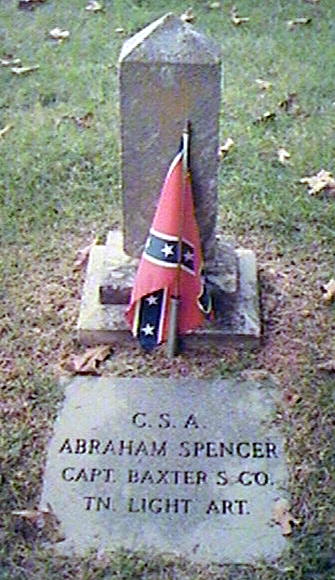 Davidson County dated August 27th 1808 in payment
for 6 months service in the late regiment.
“When he landed at his destination all he had was two
horses which bore the household goods, a rifle, chopping
axe, hand saw, drawing knife, wife & 4 children.
He quickly built a cabin & a mill & cleared a
considerable farm in which he cultivated & raised plenty of
provisions of provisions for home consumption”, (Hickman
Pioneer 1887).
Davidson County dated August 27th 1808 in payment
for 6 months service in the late regiment.
“When he landed at his destination all he had was two
horses which bore the household goods, a rifle, chopping
axe, hand saw, drawing knife, wife & 4 children.
He quickly built a cabin & a mill & cleared a
considerable farm in which he cultivated & raised plenty of
provisions of provisions for home consumption”, (Hickman
Pioneer 1887).
Parker’s Creek was named for
Moses after he killed a bear & cut his name in a tree in
1808. An early
Dickson County land deed dated 1827 & signed by Moses refers
to “the waters of Parker’s Mill Creek” in its survey.
After Moses’ death in 1852 his daughter, Indiana
Territory Parker & her husband Daniel Spencer, remained here
and raised a family.
The earliest documentation establishing the operation
as Spencer’s Mill appear just before the Civil War in 1856.
The mill was operated by Daniel & Indiana’s son,
Samuel Spencer, as a water turbine driven corn & flour mill.
In order to grind corn and wheat for local farmers in
this area, French burr stones were bought & shipped for
$14.14 from overseas and used as ballasts for weight during
the passage across the Atlantic.
The mill became the center of the community where
everything from rifles to coffins were manufactured.
Even the first thresher in the county was constructed
here.
 Spencer’s
Mill boasted a wood & blacksmith shop, two stores, a saw
mill and a post office.
Mail was received semi-weekly in the community from
January 18, 1878 – April 14, 1906.
William A. Lampley was its first postmaster. Spencer’s
Mill boasted a wood & blacksmith shop, two stores, a saw
mill and a post office.
Mail was received semi-weekly in the community from
January 18, 1878 – April 14, 1906.
William A. Lampley was its first postmaster.
By the turn of the century the
center of the business had shifted to the nearby town of
Burns because of railroad access built there during the
Civil War. At
that time the town was known simply as Grade 36 because of
the mileage to Nashville from there. Later
the name was changed to Burns Station in honor of President
Michael Burns of the Nashville
& Northwestern Railroad which was built during the
war as a supply line by the Union with impressed
slaves. This finished the
railroad from Kingston Springs to Johnsonville & the
Tennessee River.
The "Station" was later dropped
to simply "Burns".
By 1919 Samuel’s son, William
Spencer Sr. was forced to dismantle the mill, & move his
operation ten miles away next to the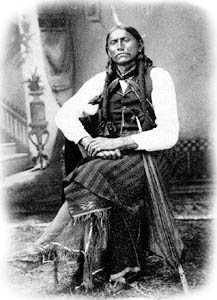 tracks on Railroad Street in Burns.
The mill was rebuilt as a two story linear structure,
& passed down to his son, Sammy, then to his brother William
Jr., and finally sold to Jewell J. Richardson.
In its new building the mill ran on various power
sources, including a steam engine and a diesel generator
from the old Burns Electric Department until sometime in
1945.
tracks on Railroad Street in Burns.
The mill was rebuilt as a two story linear structure,
& passed down to his son, Sammy, then to his brother William
Jr., and finally sold to Jewell J. Richardson.
In its new building the mill ran on various power
sources, including a steam engine and a diesel generator
from the old Burns Electric Department until sometime in
1945.
 At
this time Spencer’s Mill ceased operation sitting dormant &
in disrepair for almost 50 years.
Trish and Tim Miller purchased the mill in 1993 and
moved it back to the original mill site on Parker’s Creek
where a faithful restoration began.
In time, the present owners intend to operate the
mill once again & preserve this as a local historical area.
Cornmeal is being ground on site by a restored 20
foot water wheel, which was added May 1, 2004.
Complimentary bags are available.
We are located just off the intersection of Abiff &
Spencer mill Road on Old Spencer Mill Road in southeastern
Dickson County, Middle Tennessee. At
this time Spencer’s Mill ceased operation sitting dormant &
in disrepair for almost 50 years.
Trish and Tim Miller purchased the mill in 1993 and
moved it back to the original mill site on Parker’s Creek
where a faithful restoration began.
In time, the present owners intend to operate the
mill once again & preserve this as a local historical area.
Cornmeal is being ground on site by a restored 20
foot water wheel, which was added May 1, 2004.
Complimentary bags are available.
We are located just off the intersection of Abiff &
Spencer mill Road on Old Spencer Mill Road in southeastern
Dickson County, Middle Tennessee.
*EDITOR'S NOTE: This research is
derived from many various sources graciously made available
to the owners & family of Old Spencer Mill. While we are not
related in any way to the original family that established
this early & historical Dickson County business, we do
recognize it's importance as an example of early Tennessee
history & our only wish is to perpetuate the true history of
this mill for future generations. Any correction or addition
thru verifiable personal family historical knowledge of
anything listed here is extremely appreciated. This is a
work in progress & all submissions are encouraged & will be
considered in future revision. We took this project on
because no one cared to do so on their own as made quite
evident by the condition of the original site on Parker's
Creek & the last surviving mill when we found it in it's
dilapidated condition in Burns back in 1993. We thank you
for caring enough to help us. Any corrections or additions
can be forwarded to Bryan A. Sharp @
[email protected]
More History...
Original Steam Engine used to run the
Mill & still owned by the Spencer family.
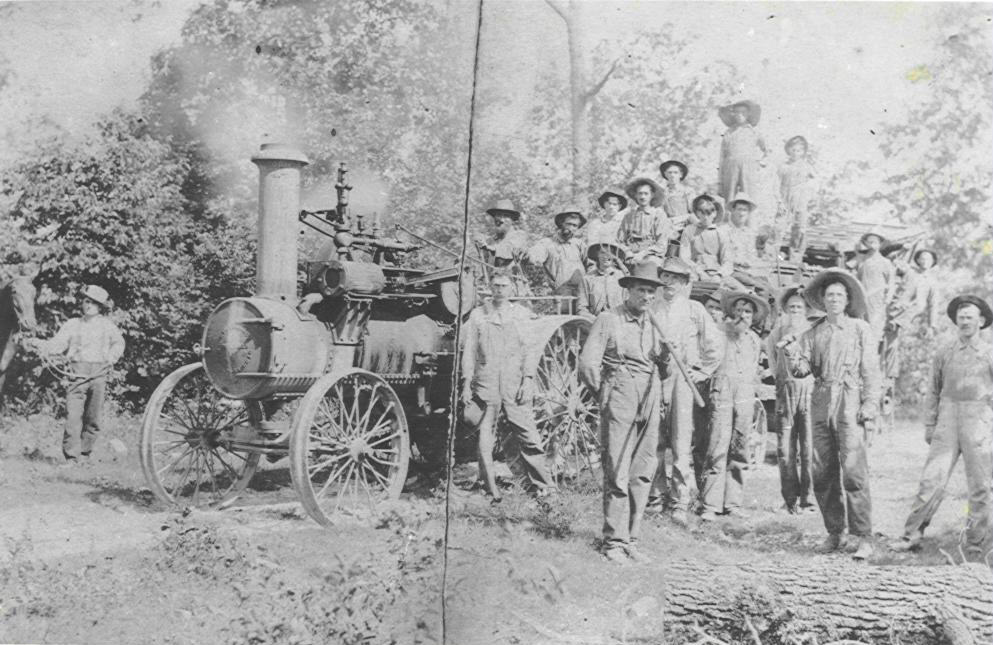
Letters and Journals
of Stephen
Berkey
Friday, June 14, 1878
This morning the weatherglass stands at 66 above zero, at
noon it stands at 72 and this evening it stands at 70. Today
was a rainy, cloudy day and I did not work much. We cleaned
wheat to take to the mill. This afternoon Jacob and Smith
went to Sam Spenser’s mill. They loaded 25 ½ bushels of
wheat and they want to stay overnight while the wheat is
being ground. They plan to return home early tomorrow.
Thursday, September 19, 1878
This morning the weatherglass stands at 52 above zero and
this evening it stands at 64. Today was a beautiful day.
Today I repaired old Len’s shoes. Little Steve and Yerk
Smith????????????????. Today Jacob and Yerk Smith went to
the mill at Sam Spensers. Jacob took my team and 20 bushels
of wheat for me, 2 bushels for Botri, 1½ bushels of wheat
for Mrs. Rhodes. Yerk Smith returned Krek’s and Beck’s team
and their things to them.
Friday, September 20, 1878
This morning the weatherglass stands at 62 above zero, at
noon 64 and this evening at 62. This forenoon it was fairly
nice but this afternoon it was rainy all afternoon. In the
forenoon I brought a load of corn fodder from the Rhodes
place then I repaired shoes for a while. After noon I
repaired a halter. Jacob and Little Steve took corn to the
mill. Then Jacob went to Wm. Browns to look after my sheep.
There are 2 there.
Monday, September 23, 1878
This morning the weatherglass stands at 50 above zero, at
noon 72 and this evening at 62. It was a beautiful day after
the rain. It rained this morning and I worked at making
shoes. Little Steve hauled fence rails at his grandmother’s.
This afternoon he cut off corn. Jacob and Yerk Smith were at
the mill at Spensers. They brought home the flour and bran
from 20 bushels, 6 bushels for Jacob, 4 for Beck, some for
Kreks and 4 bu. for Bixlers.
Wednesday, September 25, 1878
This morning the weatherglass stands at 54 above zero, at
noon at 88 and this evening at 68. Today was beautiful and I
worked this morning in the smith shop. This afternoon I
repaired shoes. Little Steve cut corn and this forenoon Yerk
Smith went to Bloff (White Bluff) and this afternoon he and
Little Steve helped at corn cutting. This forenoon Jacob
went to the mill to bring the corn meal for him and for us.
_____________________________________________________________________________
Wheat was cut from May 30 to June 7. They used a horse drawn
reaper to cut it, then tied it into bundles by hand and set
it up into shocks. Once dry they hauled it to the buildings
and made stacks. A stack would be 10 to fifteen feet in
diameter and 10 feet or more in height. The bundles were
laid with the wheat heads toward the center, butts outward
to shed water. The top was tapered and a cover put on until
threshing. Threshing the grain was done in early September
with a machine, probably steam powered. The September
entries are after threshing.
Courtesy Jason S. Martin, great grandson Mishawaka, IN
Bigfoot Monument at Wynnewood / Castillian Springs
For
more on Bigfoot Spencer Click Here
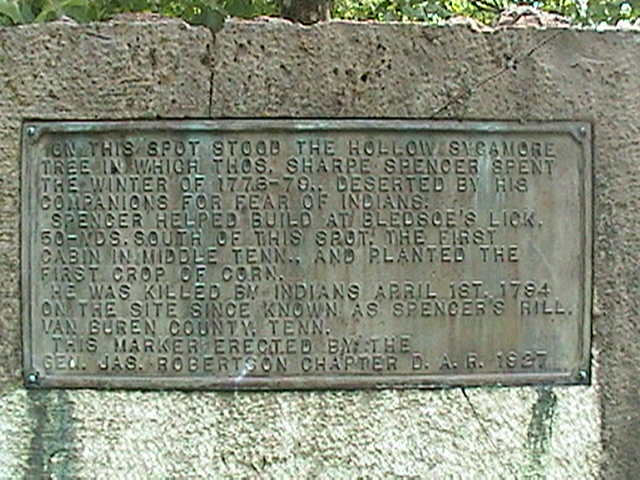 
Below is
the letter Quanah wrote asking permission to relocate his
mother's body to Ft. Sill, Oklahoma where both are now
buried beside each other.
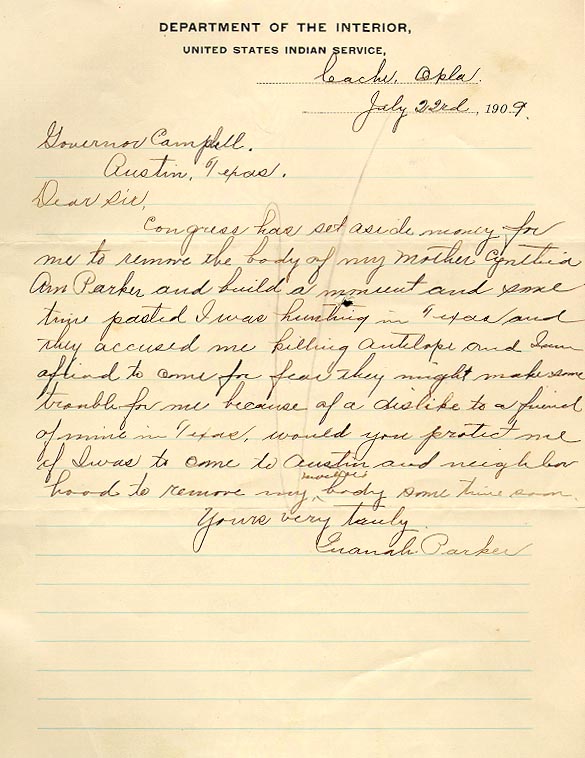
|







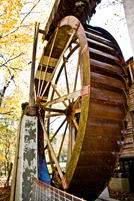
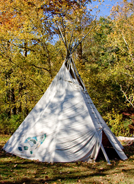

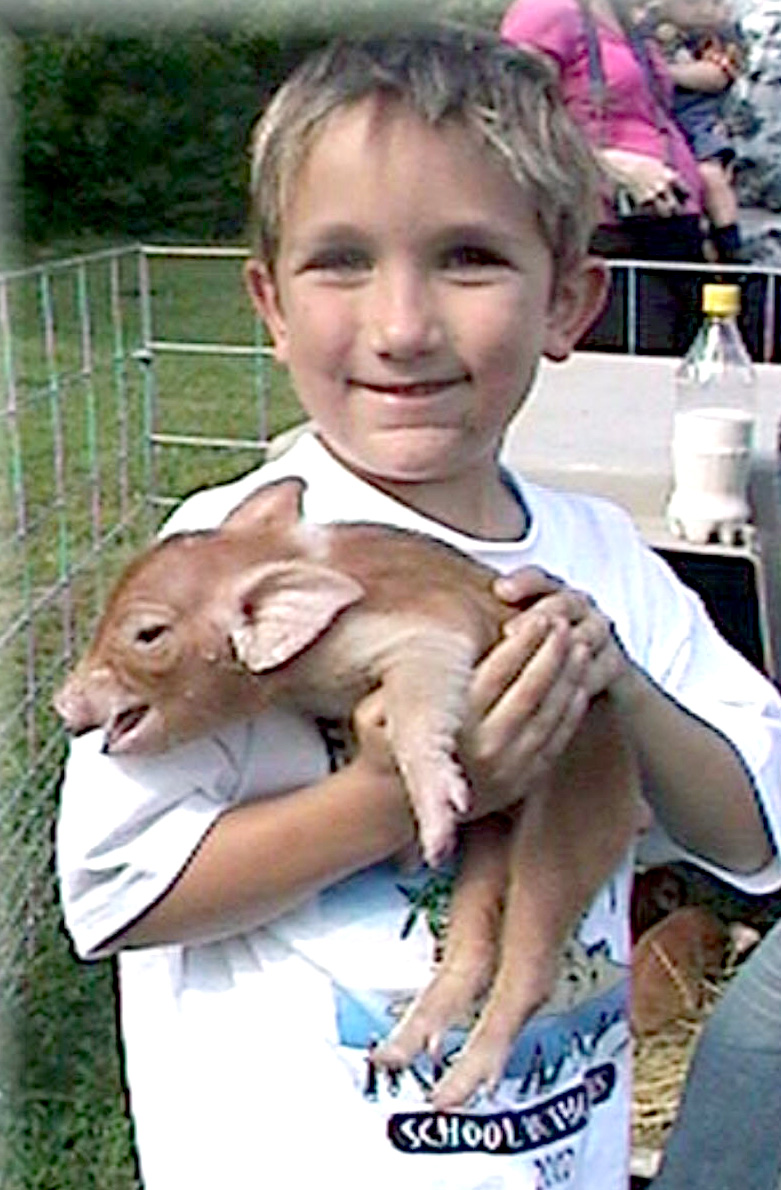



 established
the Turnbull Primitive Baptist Church in 1806 and remains
the oldest continuously meeting church in Dickson County.
established
the Turnbull Primitive Baptist Church in 1806 and remains
the oldest continuously meeting church in Dickson County. Davidson County dated August 27th 1808 in payment
for 6 months service in the late regiment.
Davidson County dated August 27th 1808 in payment
for 6 months service in the late regiment.
 tracks on Railroad Street in Burns.
tracks on Railroad Street in Burns. At
this time Spencer’s Mill ceased operation sitting dormant &
in disrepair for almost 50 years.
At
this time Spencer’s Mill ceased operation sitting dormant &
in disrepair for almost 50 years.

